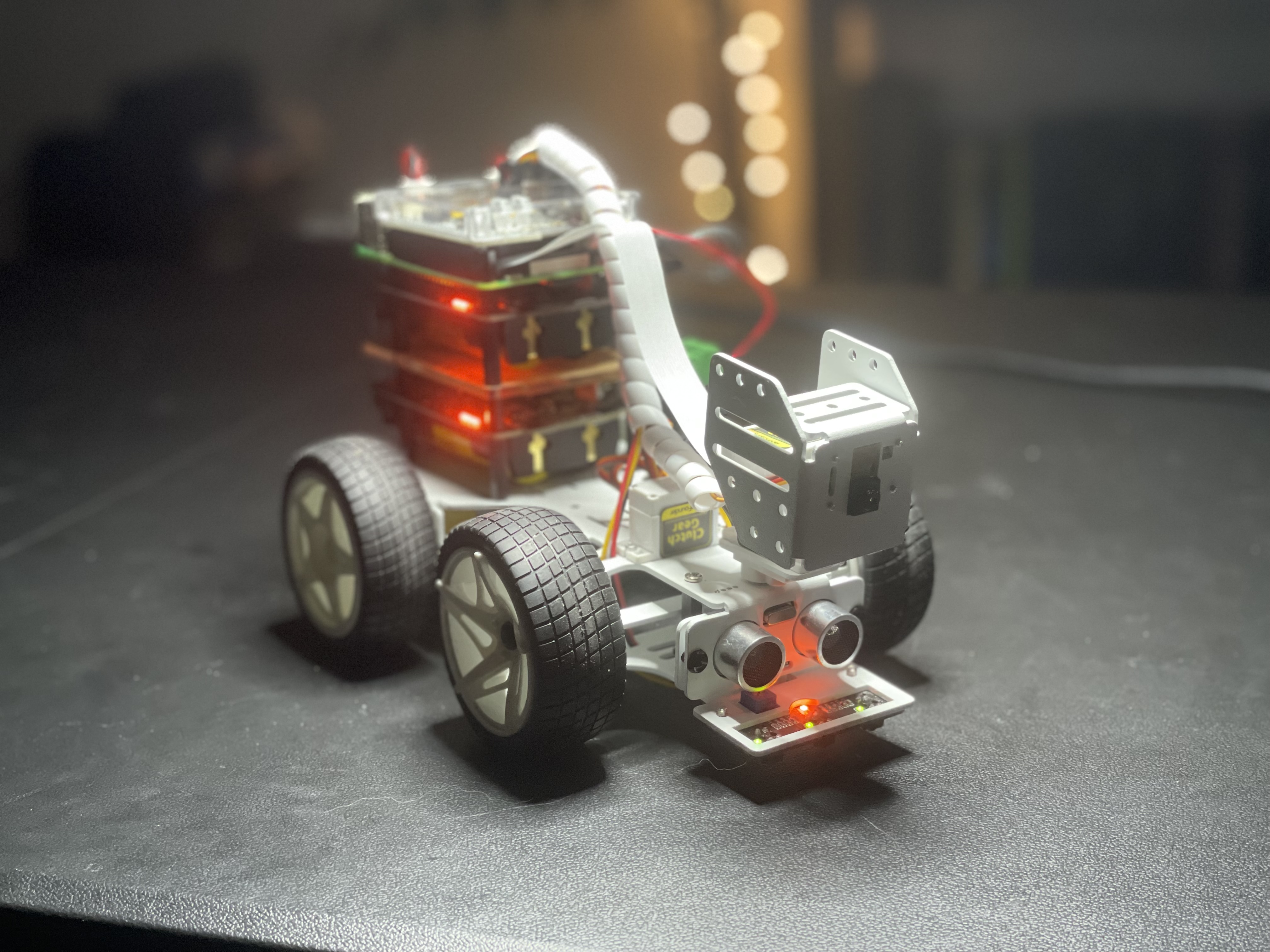Project Roam
Jay
Sun Oct 06 2024 03:58:52 PM PDT
R.O.A.M (Robot Object Answer Map) is an initiative I am leading. It introduces a fresh method to map directions for our autonomous machines.
How does it work?
- The mapping process leverages a browser-based visual flow mind map UI. Users can set nodes and establish connections using drag wires.
- Once the mapping is finalized, the data is forwarded to the ROAM Node.js server. Here, the client's Python code undergoes syntax validation.
- If there are syntax issues, the server sends back an error trace message. If not, the code is dispatched to the drone using the POST method within an application server onboard the drone.
- The drone then processes the JSON data, converting it into a usable map. Subsequently, the drone acts according to the ROAM map, showcasing its new behaviors.
Demonstration with HOT-R.O.D.
For my first demonstration, I present HOT-R.O.D (Haphazard Obstacle Testing with ROAM Origin Drone), a SunFounder robot I customized for testing ROAM. I enhanced its functionality by replacing the default battery pack. Now, Hot-Rod can recharge via a plug instead of necessitating constant battery swaps.
During this demonstration, we'll evaluate Hot-Rod's capability in distance measurement and obstacle detection, thanks to an ultrasonic sensor positioned at its front.
This exercise marks a pivotal first step in the evolution of ROAM. While today's demonstration was hard-coded in Python, my next update will employ ROAM's visual interface and introduce an exciting new task.
Until next time,
